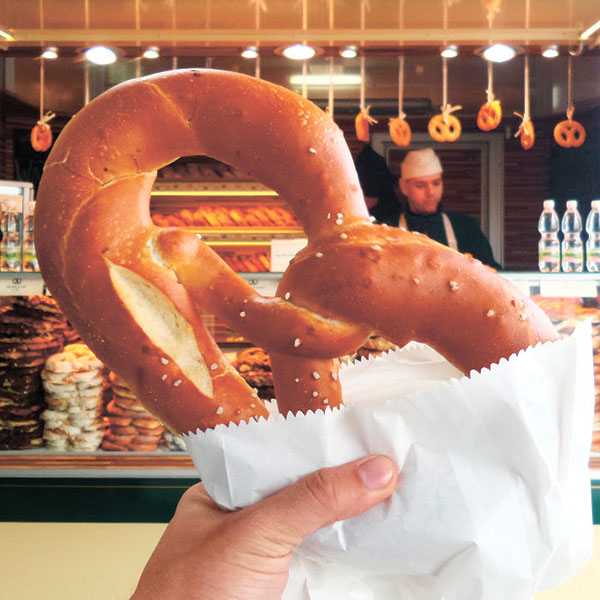Creativity and the city
 Lawrence Ypil
Lawrence Ypil
Dog-ears in the wrong notebook
LAST month, in his column “Humming in My Universe,” singer, song-writer, creativity guru and (former?) member of Apo Hiking Society, Jim Paredes describes a trip that he took to Cebu to watch the latest VisPop songwriting contest. It’s the second year of this contest, and the first time Paredes catches it, and he’s impressed. He doesn’t understand Cebuano but it’s easy for him to catch a drift of the kind of energy that infuses such an event: a love for the local, a passion for the mother tongue, and a belief in music as a vehicle for the authentic expression of feeling.

Cebuano pride, in other words: dogged, uninhibited, and especially intense when it comes to music and the arts.
What Paredes says, however, as witnesses to this spectacle of regional fervor, this love of one’s own through song, is interesting. After hearing the National Anthem being sung in the local language, a language Paredes does not understand, he is left pleasantly uncomfortable. I guess this is what many “Manila people” feel when they come to Cebu. Like it were entering a twilight zone of sorts: part of the Philippines yes, but running completely on a different rhythm, dogged to a point close to fanaticism about its distinctiveness (especially in relation to Manila). Here, but not here. Similar but different. Welcome to Cebu.
But it also reminds him about something that he is intimately familiar with, and it has something to do with Manila. OPM, Original Pilipino Music, a movement (if one could call it a movement. There is always something official about “movements” and it is the quality of art to refuse such official modes, preferring something more organic, something more inconsistent, but also surprising) which Paredes was an integral part of: songs written by Filipinos in Filipino for Filipinos, but really a love of Manila by Manila. (“Oh, I’m coming back to….”)
Every city comes into its own at a particular time in its development: a kind of post-puberty moment, if you will, when the voice has stopped cracking, and the limbs have come to their expected ratios, and a sense of self has begun to be reached, less as a fixed moment, and more as a possibility. When you begin to hear your voice in your head. Economics and politics helps: the allow for the means of this coming-to-be. But the arts, I think, provides the best indicator of this moment of possible fruition. A city sings a song it has so long hummed in its head, full-throated now, and unabashed and it likes what it hears.
If Cebu is, in fact, entering this blessed moment, the beginnings of a creative peak, then it will pay to take heed of the reference Paredes makes. A love for one’s city cannot help but find form in the arts that comes from its soul. And by this I mean all the arts: music, and poetry, and literature, and painting, and theatre, and design. Feeling without form becomes mere sentimentality. True art needs a shape. The questions remain though. If songs are beginning to be made, are we listening? If poems and stories are being written, are we willing to read? Otherwise, all of this becomes a monologue being declaimed to the wind.
—
For comments, wrongnotebook@gmail.com


